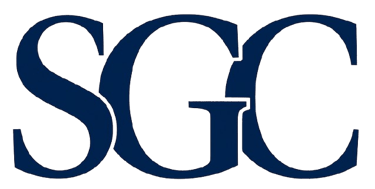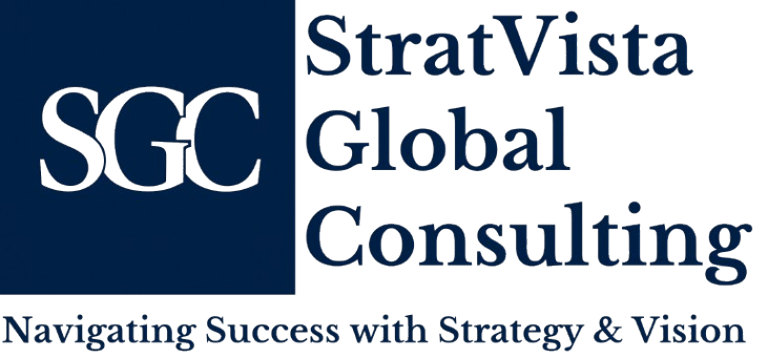Cost Reports
Get detailed cost reports with precise should-cost modeling, raw material price analysis, labor and overhead estimations, and industry-specific cost structures. Optimize procurement, reduce costs, and enhance profitability with data-driven insights for smarter financial decisions.
Boost Profit Margins with Accurate Production Cost Reports
In today’s competitive landscape, understanding and managing production costs is crucial. Our Production Cost Modeling Services help manufacturers, procurement teams, and business leaders identify cost drivers, optimize spending, and improve overall efficiency. Whether you're in FMCG, pharmaceuticals, food & beverage, critical minerals, or logistics, we deliver deep insights tailored to your industry.
What is Production Cost Modeling?
Production cost modeling is the process of calculating the detailed cost of producing a product or service, including raw materials, labor, utilities, overheads, packaging, capital investment, and logistics. It enables businesses to:
Analyze and reduce operational costs
Benchmark suppliers
Make smarter sourcing decisions
Improve negotiation outcomes
Our cost models are data-backed, industry-specific, and aligned with real-time pricing trends.


A Production Cost Report provides a comprehensive breakdown of all cost components associated with the manufacturing of a product. It captures both direct costs—such as raw materials, labor, and manufacturing overhead—and indirect costs, including finance charges, SG&A expenses (Selling, General & Administrative), taxes, insurance, and machinery depreciation or acquisition costs. By detailing these cost heads, the report enables organizations to gain visibility into the total cost of production, assess capital investment requirements, and make data-driven decisions to improve cost efficiency and profitability.
Key Components of Production Cost Report
✅ Raw Material Cost
✅ Co-product Credit
✅ Labour/ Manpower Cost
✅ Overhead Expenses
✅ Utilities (Electricity, Water, Fuel) Cost
✅ Capital Investment (Machinery, Installation & Land Cost)
✅ Finance Cost
✅ Selling, General & Administrative (SG&A) Cost
✅ Depreciation & Amortization
✅ Tax & Insurance
✅ Packaging Cost
✅ Transportation Cost (if required)
Advantages of Production Cost Report
Supplier Negotiations: Equips procurement teams with detailed cost breakdowns, strengthening their position in vendor discussions and enabling more favorable contract terms.
Financial Transparency: Provides a clear view of where and how funds are utilized across various functions and cost centers.
Budget Management: Helps in monitoring and controlling expenditures, ensuring alignment with financial goals.
Informed Decision-Making: Offers data-driven insights for strategic planning, pricing, resource allocation, and process optimization.
Performance Evaluation: Assists in assessing the efficiency and profitability of projects, departments, and production lines.
Industries Served
Chemicals: Inorganic, Organic, Specialty Chemicals, Petrochemicals, etc.
Food & Beverages: Emulsifiers, preservatives, fast-foods, extruded snacks, meat products, etc.
Pharmaceuticals & Nutritional Supplements: Paracetamol, Ibuprofen, Vitamins (A, B, C, D3, Niacinamide, Intermediate products), etc.
Metals & Mining: Critical Minerals such as cobalt, nickel, antimony, etc. Alumina and its intermediate products, Iron & Steel, etc.
Logistics: Air cargo, Road Transportation (Full Truck Load, Reefer, etc.), Sea Shipment and Warehousing
Packaging: BOPP, PE, PET, PVC, Aluminum Cans, Glass Bottles, Corrugated boxes, etc.
Contact Us Now!
Industry-Specific Cost Breakdowns
Detailed breakdowns for over 15 industries, including:
Pharmaceuticals
FMCG
Personal Care & Hygiene
Chemicals & Specialty Chemicals
Metals & Mining
Flexible Packaging & Printing
Meat Processing and more
Real-Time Raw Material & Utility Pricing
Live Market Data: We track real-time raw material and commodity prices from global industry databases.
Trade & Customs Data: Access import-export records for accurate regional pricing.
Expert Insights: Validate prices through direct interviews with suppliers and industry experts.
Utility Tariffs: Include region-specific costs for electricity, water, steam, and gas.
Packaging & Freight Rate Benchmarking: Track standard packaging costs and real-time local/international freight rates using logistics data.
Location-Based Cost Analysis
Country-Specific Cost Models: Tailored cost breakdowns for key manufacturing countries like China, India, Vietnam, USA, and Germany.
Wage & Utility Benchmarking: Compare labor rates, electricity, water, and fuel costs across regions.
Local Logistics & Freight Costs: Include inland transportation and export freight rates per country.
Regulatory & Compliance Costs: Factor in country-specific taxes, duties, and environmental compliance expenses.
Scenario & Sensitivity Analysis
Input Price Fluctuations: Model the impact of raw material and utility price changes on total cost.
Geopolitical Risk Impact: Simulate cost shifts due to tariffs, sanctions, or supply chain disruptions.
What-If Simulations: Run alternate cost scenarios to support better budgeting and sourcing decisions.
Exchange Rate Sensitivity: Analyze the effect of currency fluctuations on international sourcing and production costs.
Interactive Excel Dashboards & Visual Reports
Dynamic Excel Dashboards: Visualize detailed cost structures with interactive charts, filters, and automation.
Custom Visual Analytics: Highlight key cost drivers and trends through clear, intuitive graphs and tables.
Executive PowerPoint & PDF Reports: Receive professionally formatted summaries for internal reviews and client presentations.
Scenario Comparison Tools: Compare multiple cost scenarios side-by-side within the dashboard for informed decision-making.
Capital & Operational Cost Estimation
Capital Investment Breakdown: Estimate costs for machinery, equipment, land, and infrastructure setup.
Operational Cost Analysis: Include recurring costs like labor, maintenance, utilities, and consumables.
Depreciation & Amortization: Factor in asset life cycles for accurate long-term cost planning.
Feasibility & ROI Support: Provide data for evaluating plant setup viability, payback period, and ROI.


Navigating Success with Strategy & Vision
















